PRESERVING A MILITARY LEGACY FOR FUTURE GENERATIONS
The following Reflections represents LT James Jans’s legacy of his military service from 1960 to 1981. If you are a Veteran, consider preserving a record of your own military service, including your memories and photographs, on Togetherweserved.com (TWS), the leading archive of living military history. The following Service Reflections is an easy-to-complete self-interview, located on your TWS Military Service Page, which enables you to remember key people and events from your military service and the impact they made on your life. Start recording your own Military Memories HERE.
Please describe who or what influenced your decision to join the Navy.
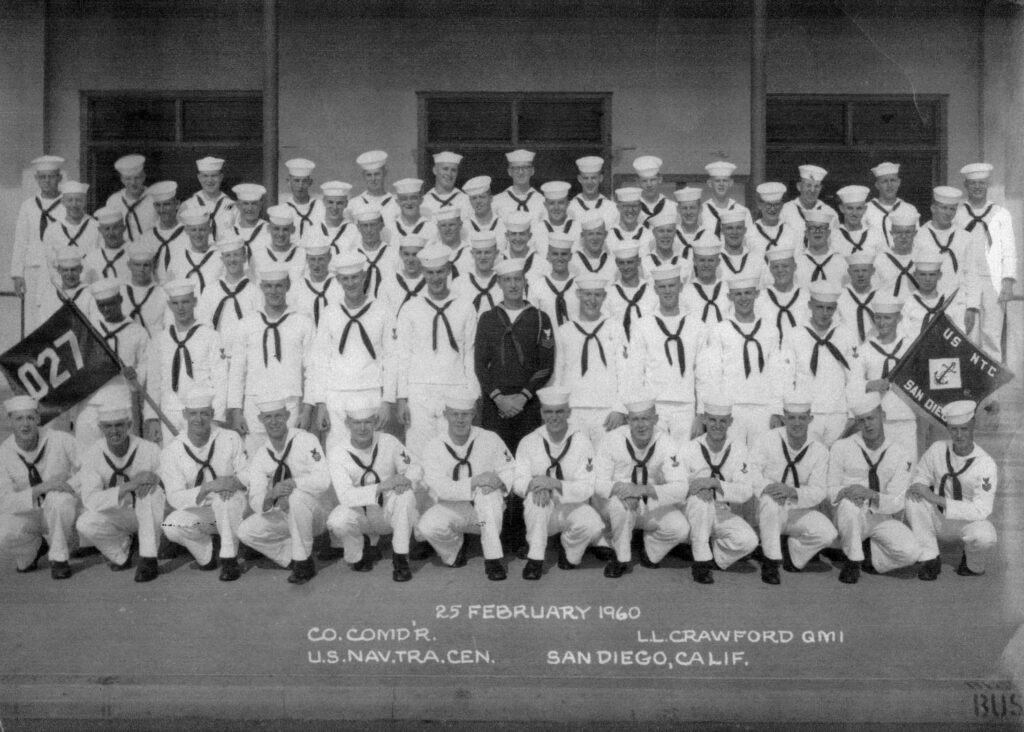
Friends from my home town. One of my best friends from school joined the Navy and was stationed on the carrier Bon Homme Richard CVA-31 came home on leave and was wearing his Navy uniform. Being from a town 45 miles from an Army Base (Ft Huachuca), the Navy uniform seemed much more impressive than the Army fatigues that I was used to seeing. Plus, I was intrigued because I had never seen the ocean or any body of water bigger than the watering tank of a local cattle rancher. Also, to think that ships could have a larger population than the town I was living in was amazing. I needed to get out of town to a place where I would have the opportunity to develop my talents to more than being a service station attendant pumping gas at one of the local gas stations. I was all in for a career in the Navy.
Whether you were in the service for several years or as a career, please describe the direction or path you took. What was your reason for leaving?
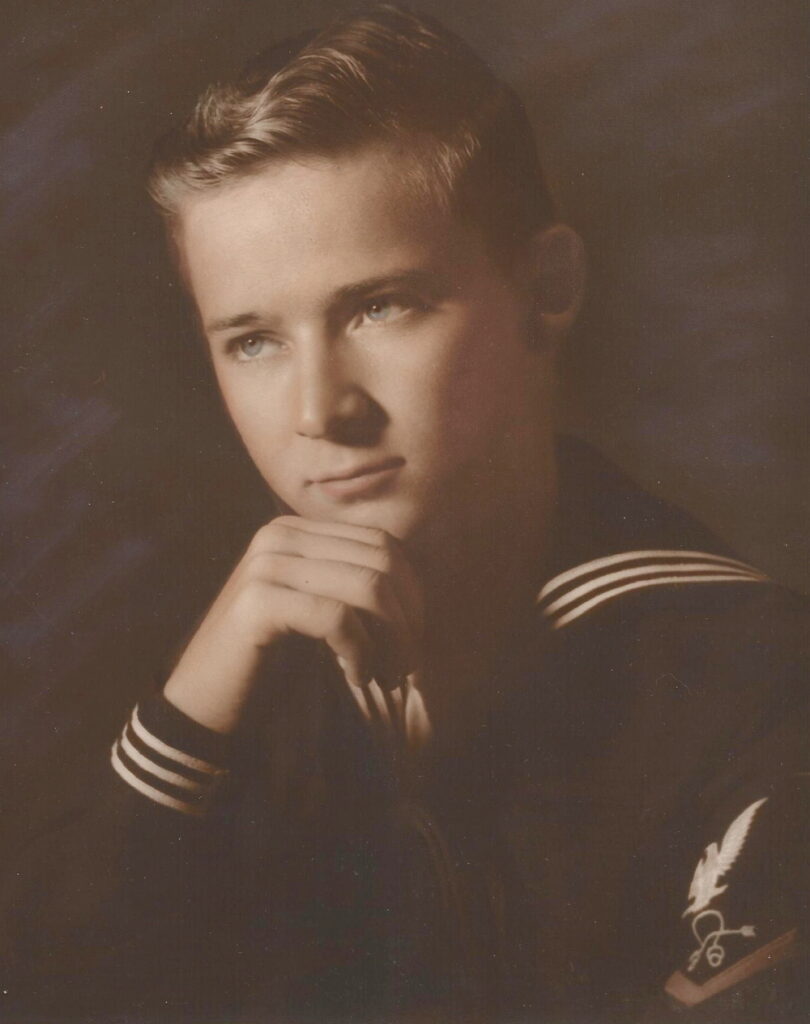
I enlisted on 14 January 1960 and entered the service as a Seaman recruit. Upon completing Boot Camp, I was advanced to Airman Apprentice and assigned to Patrol Squadron Two in Whidbey Island, Washington. I advanced to Airman and then changed to Seaman to prepare to become a Personnel man. I made Personnelman 3rd Class and then entered the Score Program to change to Sonarman. Upon completing “A” school in San Diego, California, I became a Surface Sonarman, 3rd Class. I applied for Submarines and was accepted to attend Submarine School in New London, Connecticut. After completing Submarine School, I was changed to Submarine Sonarman, 3rd Class. I then advanced the STSS rating through E-9 Master Chief Sonarman and applied for the Warrant Officer Program in Electronics. I was selected for Warrant Officer 1st Class on 1 April 1974 and advanced through CWO2, CWO3, and CWO4 and applied for the Limited Duty Officer Program and was advanced to LTJG. My final advancement was to LT in 1980, and I then retired in 1981.
If you participated in any military operations, including combat, humanitarian and peacekeeping operations, please describe those which made a lasting impact on you and, if life-changing, in what way?
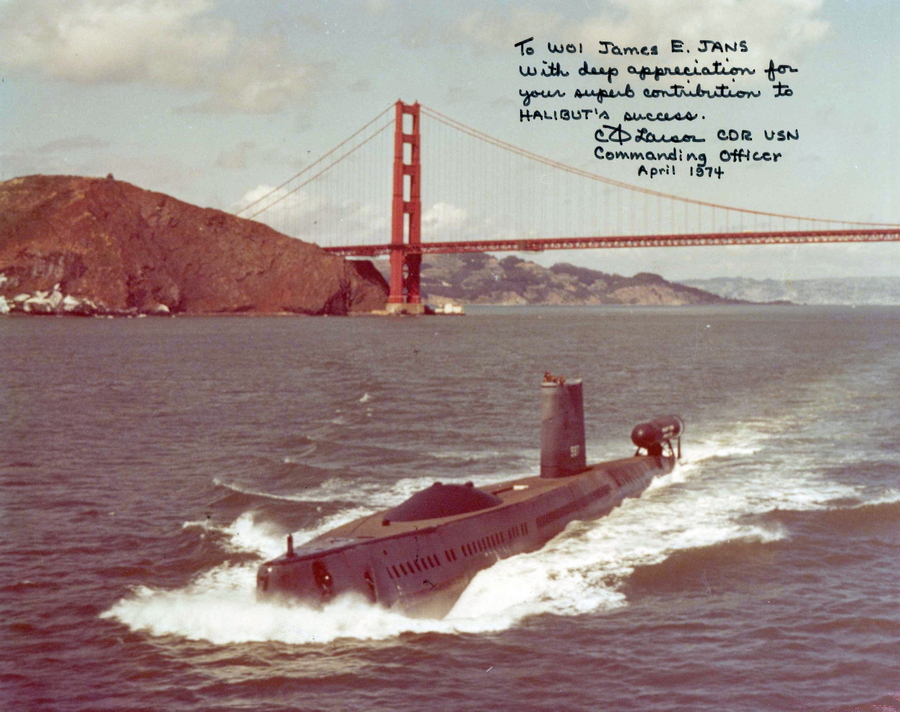
I participated in many military operations, all of which were classified, and received a Presidential Unit Citation from Richard Nixon and two Navy Unit Commendations. Being in the Submarine Service, most operations or ship movements were always classified. During the early years on diesel submarines, there were often casualties during routine operations due to the age of the WWII submarines—these casualties and the fact that the Thresher and Scorpion were lost played on my mind often.
My fondest memories were of Submarine Development Group One in San Diego. I was the OIC of a special detachment that deployed on various nuclear submarines to test and operate one-of-a-kind systems for missions of great importance to the United States.
My least favorite assignment was on shore duty in Pearl Harbor, Hawaii. When I went to Fleet Submarine Training Facility, I lost my submarine pay and my pro-pay even though I was still maintaining the equipment of my pro-pay job code. I had a negative income of $80.00 per month. I took that duty to enable my going to college, but I had to terminate my shore duty since I couldn’t afford to support my family.
Did you encounter any situation during your military service when you believed there was a possibility you might not survive? If so, please describe what happened and what was the outcome.
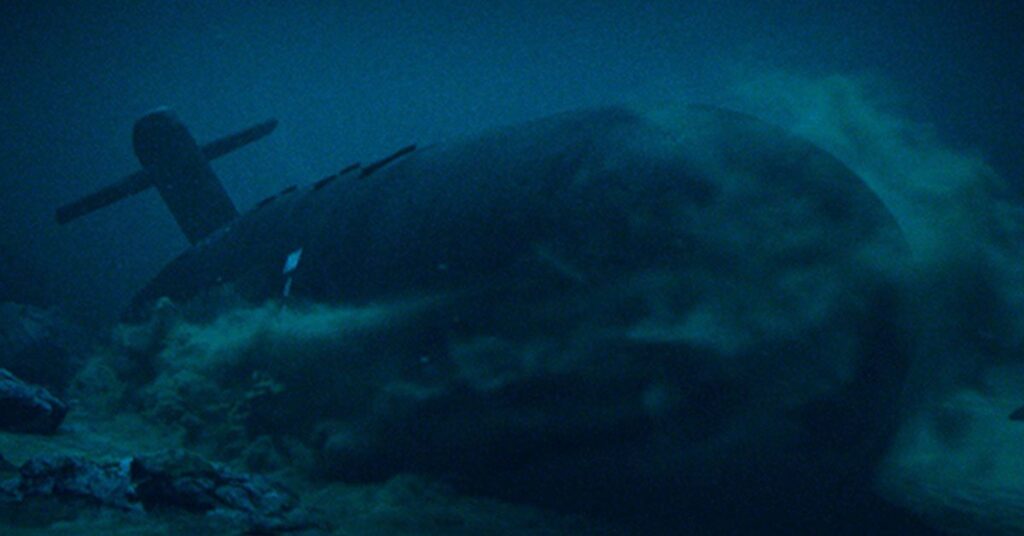
During one storm in the North Pacific, the submarine I was on was anchored submerged, and the anchor broke loose the CO had to bottom the submarine, which tore up the underside of the sub until the storm passed. That was extremely uncomfortable; however, the storm passed, and we were able to return from our mission.
Of all your duty stations or assignments, which one do you have fondest memories of and why? Which was your least favorite?

I started my career in Aviation in Patrol Squadron Two (VP-2) at Whidbey Island, Washington. We deployed to Kodiak, Alaska, which, for someone that had never seen much of the United States, was a great experience.
My first submarine was the Diesel Submarine, USS Ronquil SS396. It stands out as the most memorable because it was a WWII submarine, and the Executive officer was (Pete) L.M. Bucher, the Commanding Officer of the USS Pueblo that was captured by the North Koreans. I never had a bunk during the four months I was on the Ronquil, and I slept in the pump room on foul-weather jackets. The Ronquil was stationed at Ballast Point in San Diego. This was the beginning of the Submarine Base at Ballast Point San Diego. Before that, all submarines in San Diego were moored in San Diego Bay alongside one of the Submarine tenders. From the Ronquil, I was transferred to the Submarine School in New London, Connecticut. Out of Submarine school, I was transferred to the USS Barbel SS580 in Pearl Harbor, Hawaii. The CO of the Barbel was Harry D. Train, who later became head of the JCS.
Next, the USS Sturgeon SSN637 was important to me because I was a plank owner.
Last, the USS Halibut SSN587 was the most interesting because she was a Special Programs Boat. I rode many submarines up to a year after that as the OIC of Detachment Bravo in CSDG-1, including the USS Cavala, the USS Trepang, and several others.
From your entire military service, describe any memories you still reflect back on to this day.

Receiving the Legion of Merit when I was a Chief Sonarman. Briefing the National Security Adviser to President Carter, Zbigniew Brzezinski, in the West Wing of the White House when I was a Lieutenant.
What professional achievements are you most proud of from your military career?
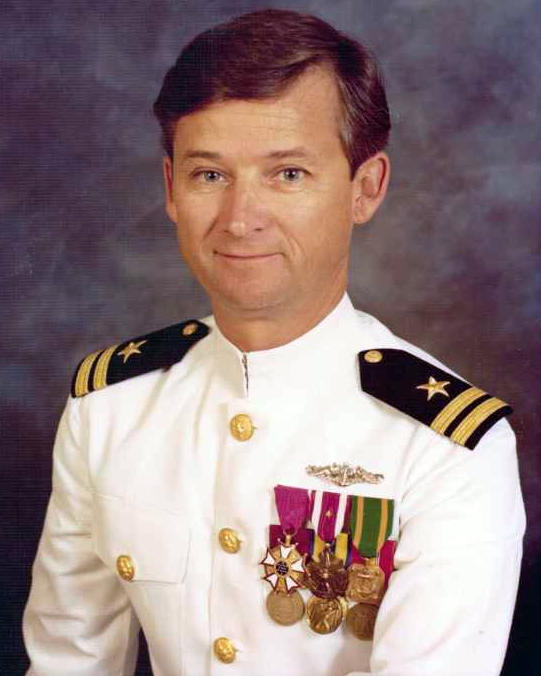
I received the Legion of Merit, three Meritorious Service Medals, and a Navy Achievement Medal, but the reason for all but the Navy Achievement Medal is classified.
I am also proud of the fact that I advanced 16 paygrades, E-1 through E9, WO1 through CWO4, and LTJG and Lt, only missing ENS in 21 years of service. I was in the last group to be advanced to WO1. After that, all personnel advanced to Warrant Officer went directly to CWO2.
Of all the medals, awards, formal presentations and qualification badges you received, or other memorabilia, which one is the most meaningful to you and why?
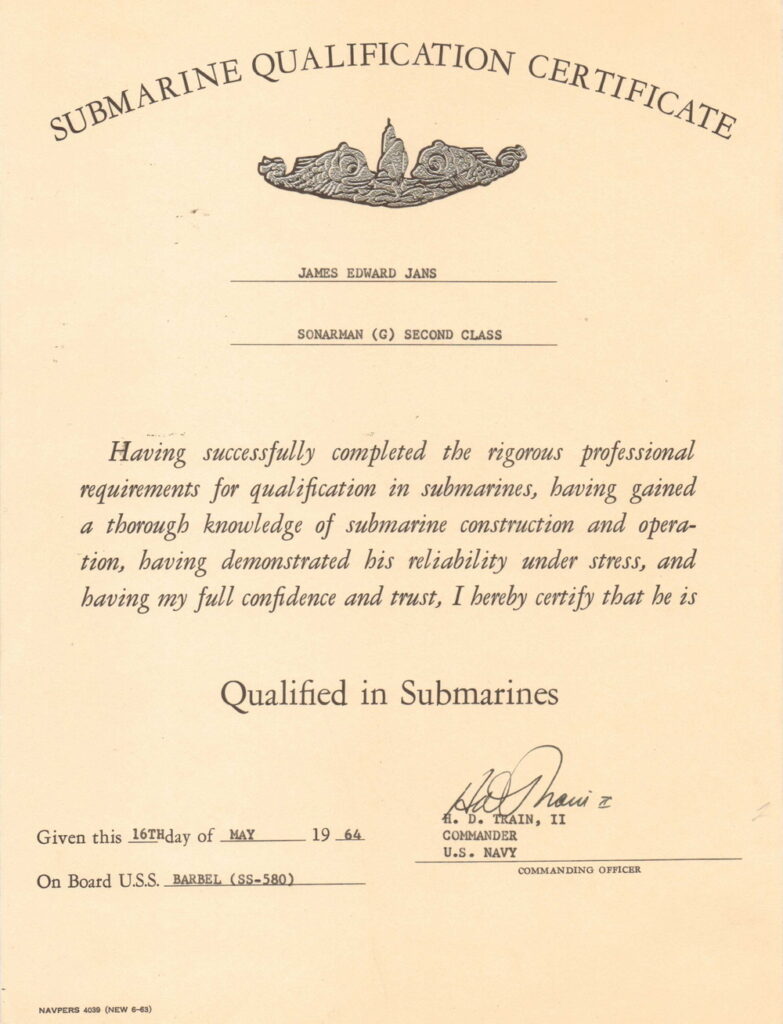
My Legion of Merit and my three Meritorious Service Medals. I believe that I advanced through 16 pay grades due to this achievement. I was an E-7 when I received my Legion of Merit.
When I qualified in Submarines and received, my Dolphins was one of the greatest feelings of accomplishment. In the days before, there were booklets of all the systems in a submarine. You were required to draw each and every system by tracing the pipes and valves through the submarine. Also, to draw critical electrical systems and to demonstrate the operation of each of the systems, from starting the main engines to blowing the sanitary systems. The survival of every submarine and its crew depends on the knowledge of the crew members.
Which individual(s) from your time in the military stand out as having the most positive impact on you and why?

LTJG Lapham, who was my boss in Patrol Squadron Two. That is when I made up my mind that someday I would also be an LT. Lt Lapham was the Personnel Officer in Patrol Squadron Two. He was the major influence on my becoming a Personnel man instead of following the path of Aviation. He was also the reason I eventually switched to a more critical rating of Sonarman after two years of service. Lt Lapham took the time to write the parents of young servicemen in his command to tell them of the progress and potential of their son. In those days, there were no daughters in Squadrons as there are now. This lead me through the long and winding path of 16 paygrades to my final grade of LT, which is what I retired as. I still have the letter that my mother saved from Lt Lapham. I was the first person to apply for the SCORE program, which the Navy started to fill its critical rate requirements.
List the names of old friends you served with, at which locations, and recount what you remember most about them. Indicate those you are already in touch with and those you would like to make contact with.
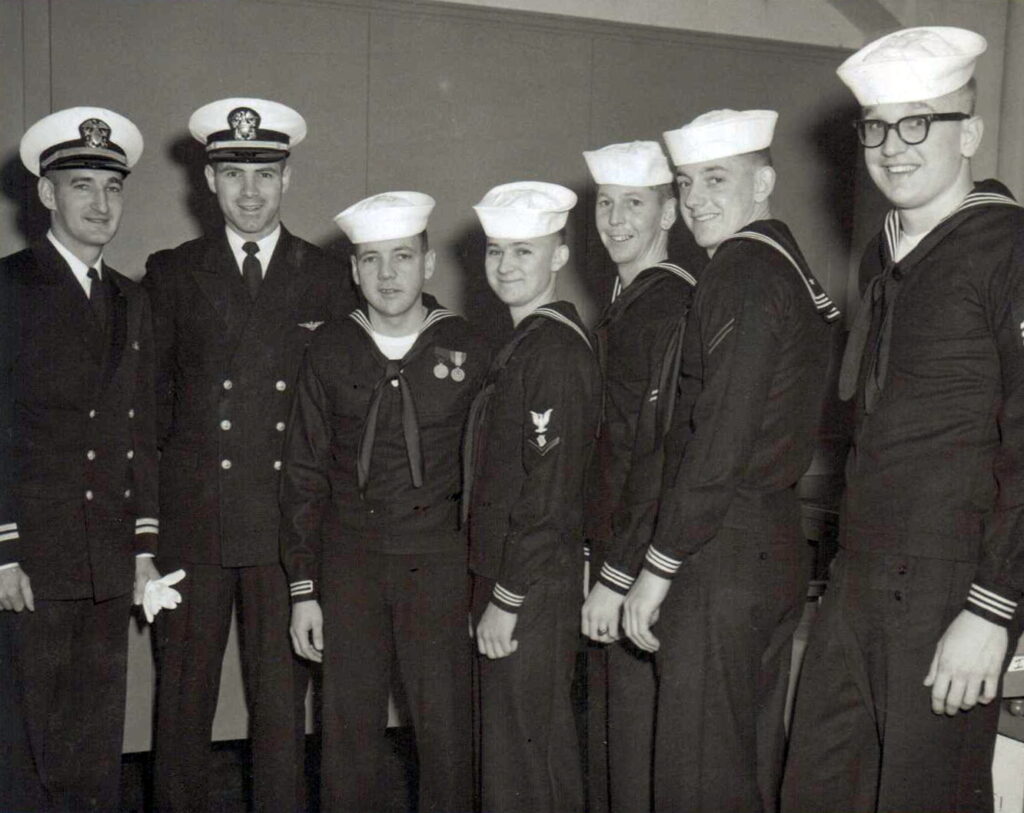
Chief Jordan at Fleet Submarine Training Facility in Pearl Harbor, Hawaii. Chief Jordan was the best Navy Chief I have ever worked for, and he supported his troops to the utmost. Most of my friends have passed since I worked with or for them when I was young; they were much older than me. I’m 77 now, so unless they lived into their 90s, they have passed.
Admiral Larson (former head of the Naval Academy who passed last year was a great friend and a boss at two of my commands. Admiral Larson always had time for everyone and had a great sense of humor.
Captain Jack McNish, who also passed within the past two years, was both my boss and mentor whom I worked with in the Navy and later in civilian life at Westinghouse Oceanic.
Chief Edwin Lee, who I served with at many commands and was in contact with him for over 40 years and just recently lost contact with, and I assume he may have passed also.
I don’t have any living friends from the Navy, even though I am sure that there are many whom I worked for and or who worked for me.
I would love to contact Lt Lapham if he is still living, but its been so many years I would guess that is impossible. Lt Lapham was the major influence on me becoming an officer.
Can you recount a particular incident from your service which may or may not have been funny at the time but still makes you laugh?
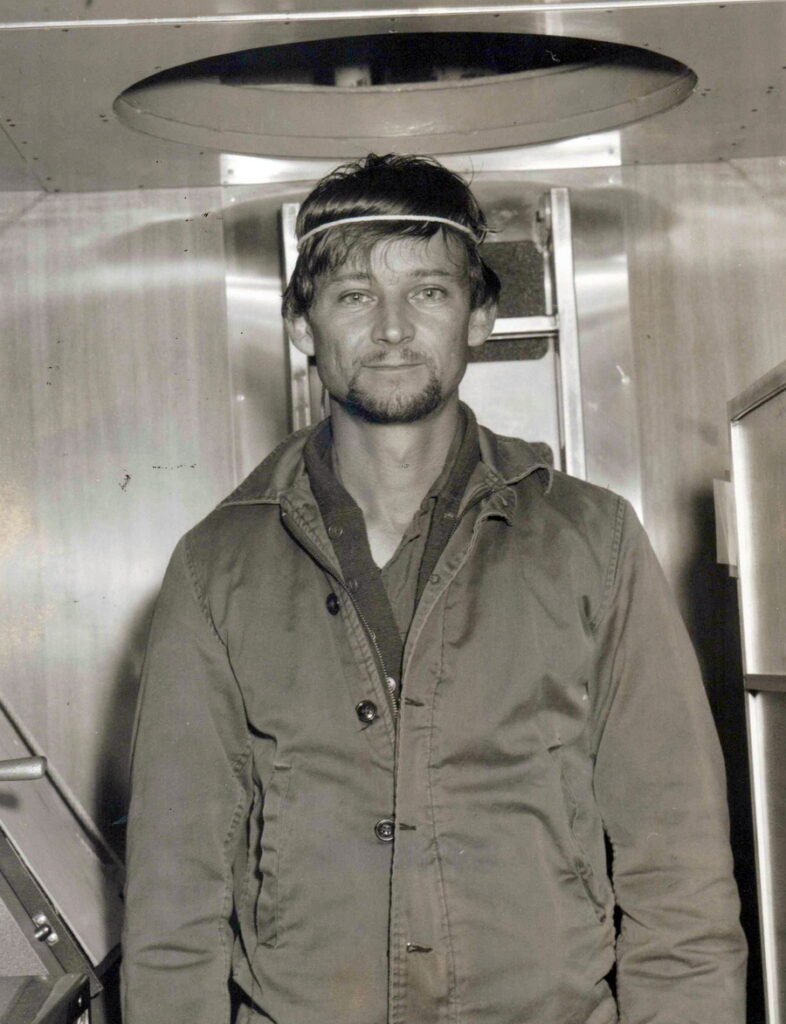
One time when repairing a piece of machinery on board the USS Halibut, I twisted off a one-inch bolt and got the nickname Godzilla. Of course, the bolt was defective, or I wouldn’t have been able to twist it off.
Also, I used to win bets that I could go into a torpedo tube head first and come out head first. Most people could not believe that I could turn around inside a torpedo tube, but I could.
On the USS Barbel SS580, I found that on a submarine, you could dress almost any way you wanted in the early days. I don’t know how it is nowadays, and I wore a sport coat and shorts on the Barbel when at sea.
What profession did you follow after your military service, and what are you doing now? If you are currently serving, what is your present occupational specialty?
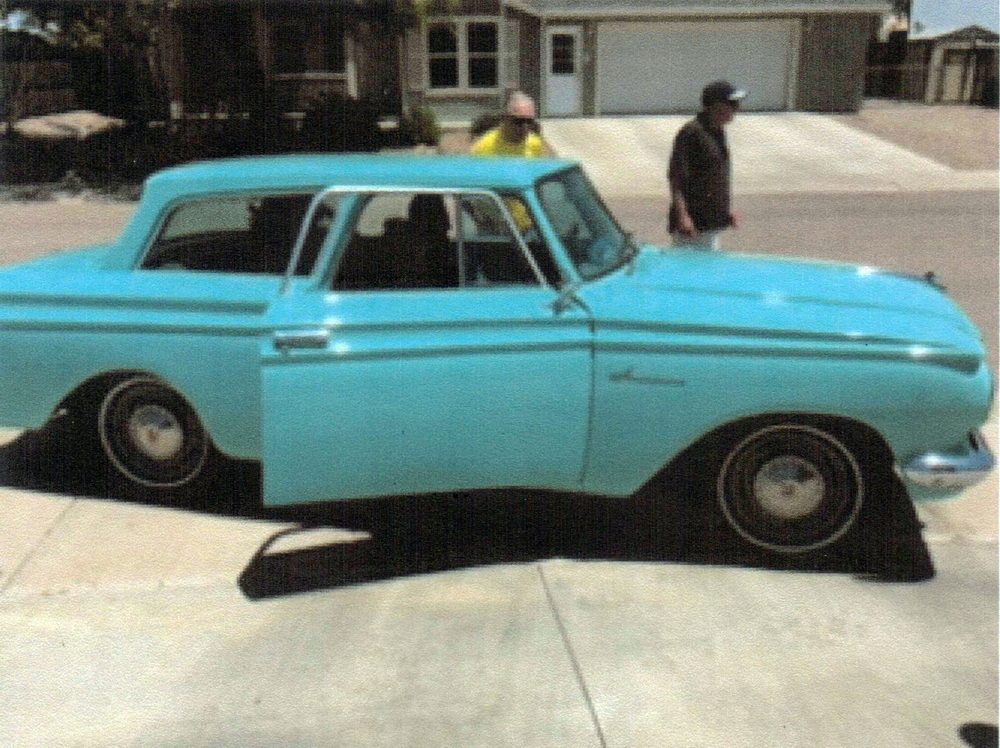
I became an Engineer for Westinghouse Oceanic Systems in Annapolis and later became an upper-level manager at Northrop Grumman after they acquired Westinghouse Oceanic.
My present occupational specialty is retired. I love to remodel houses and do woodworking projects.
I also restored my first new car, which was a 1962 Rambler American, and am currently restoring a 1969 VW Beetle.
What military associations are you a member of, if any? What specific benefits do you derive from your memberships?
In what ways has serving in the military influenced the way you have approached your life and your career? What do you miss most about your time in the service?
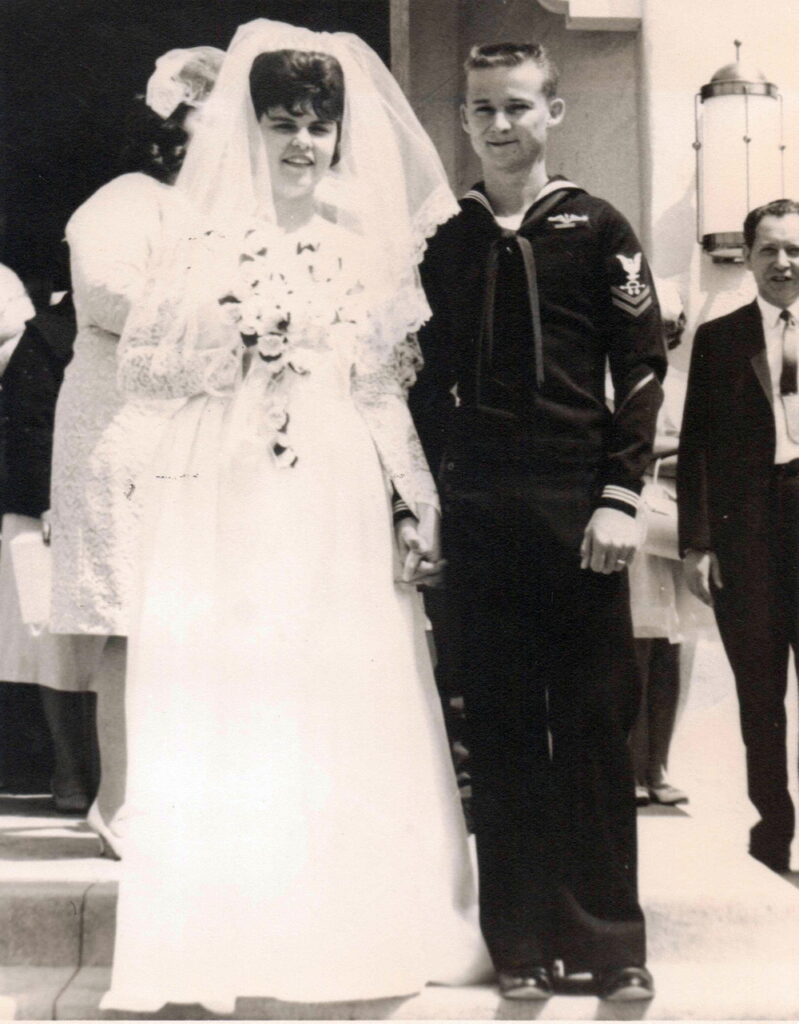
I have always had goals and have met those goals both in the military and in my civilian career. Having goals gives me the challenge to reach for, and so far, I have managed to meet those challenges.
For example, when I got engaged to my wife, I was a 3rd Class Personnel man. I told my wife that before we married that I would be a 2nd Class Sonarman qualified in Submarines. The day before I went on leave to be married, I received my dolphins as a 2nd Class Sonarman.
Based on your own experiences, what advice would you give to those who have recently joined the Navy?
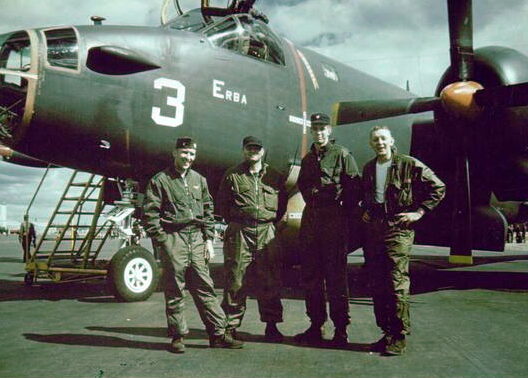
Give 100%, and the rewards will follow.
In what ways has togetherweserved.com helped you remember your military service and the friends you served with.
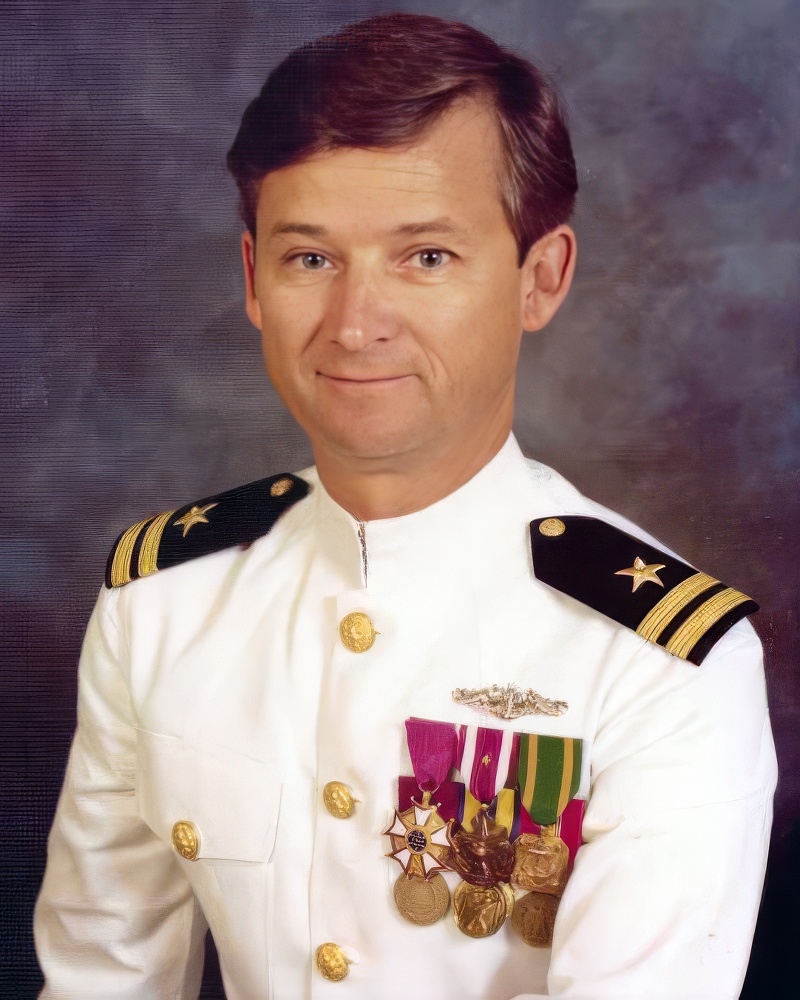
Reading about the careers of others brings back fond memories, and names from the past pop up and gives me great feelings of accomplishment.
PRESERVE YOUR OWN SERVICE MEMORIES!
Boot Camp, Units, Combat Operations
Join Togetherweserved.com to Create a Legacy of Your Service
U.S. Marine Corps, U.S. Navy, U.S. Air Force, U.S. Army, U.S. Coast Guard

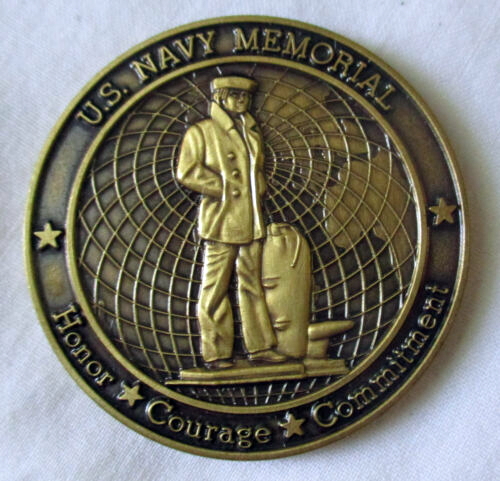
0 Comments